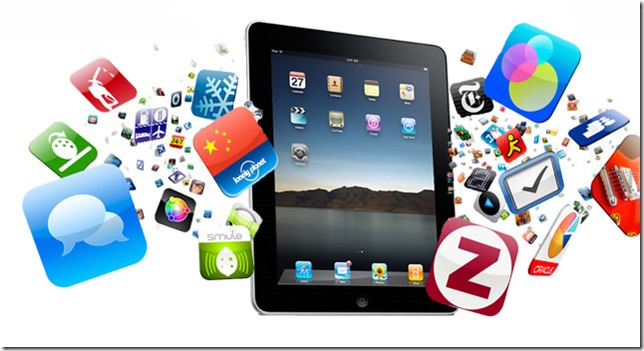In this post, I explain why an entrepreneur should spend up to 20% of his valuable time working on related projects that are not essential compared to its short-term goals.
To increase the dissemination of ideas, the famous TED Conference has created a program called TEDx. TEDx promotes events organized independently at the local level, to get people to share a similar experience to that of TED.
Today, TEDx HEC Montreal published the presentation my ex-wife Nathalie Provost did during this local event.
She explained 23 years later, how she recovered from the massacre that happened in 1989 when she was student at the École Polytechnique. Nathalie was shot by Marc Lépine after he entered a classroom and separated the men and women. She courageously tried to reason with the gunman but took four bullets anyway. Despite the Polytechnique, Nathalie profoundly love life and profoundly love mankind. She have faith in humanity despite everything. And during this presentation, she offer people a little hope, all the better: You can overcome difficult things, personally and as a group also.
In another vein, much more rational and less emotional, while taking a look at the other presentations, I discover a great talk by Louis-Philippe Maurice. “The difference that 20% of your time can make”.
Since a very young age, I have always spent nearly 20% of my time working on related projects not essential compared to my short-term goals. Often letting myself be guided only by my curiosity and my passions. I think the 20% rule is fundamental to remain a free thinker.
Too often, we believe that the key to reach success for a startup is to keep the focus. I think the key is to remain open for extension but closed for modification of the fundamentals. This is the “Open Close Principle” applied for startup. The fulfillment of the startup mission should be done in a way that new customers should be acquired only with minimum changes regarding the values of the founders. The goal is not to add complexity but rather to eliminate what is superfluous. To do this we must give ourselves the freedom to explore. It is by spending time on what seems not important that we free our mind.


 For those who can not wait for the final version, in the meantime, if you are a subscriber of
For those who can not wait for the final version, in the meantime, if you are a subscriber of 